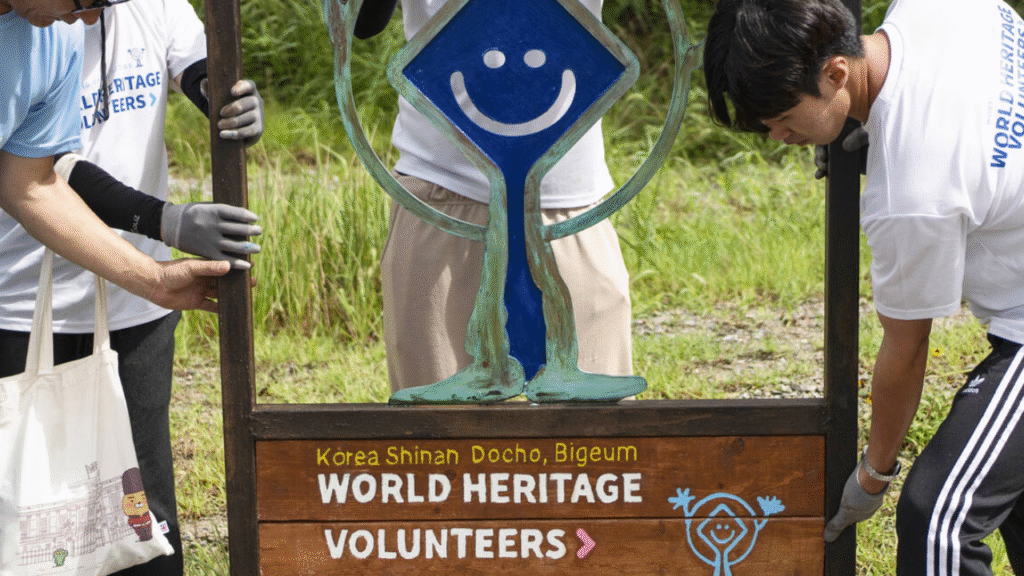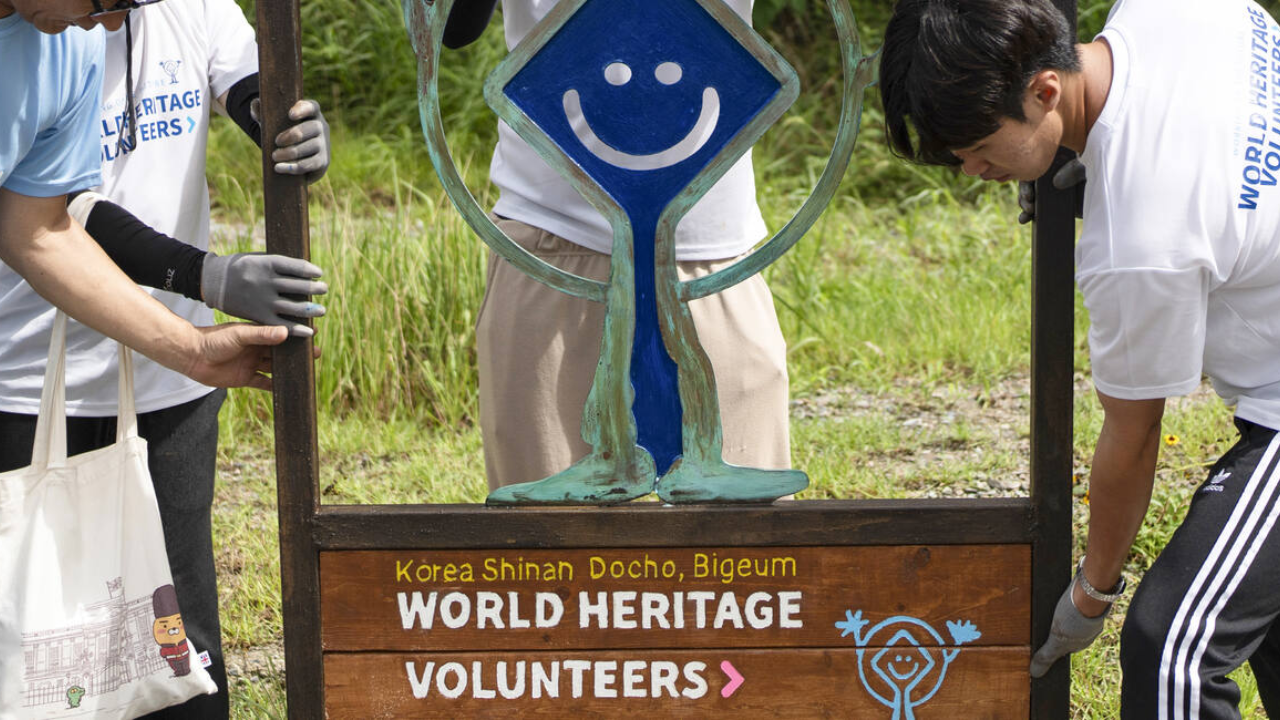
Mobilizing volunteers is one of the most powerful ways to scale the impact of environmental design initiatives. Whether it’s transforming a polluted space into an urban garden, building sustainable furniture from reclaimed wood, or launching eco-conscious architecture workshops—volunteers can contribute labor, ideas, advocacy, and community trust.
But gathering and sustaining a motivated volunteer base takes more than a call to action. It requires planning, engagement strategies, clear roles, and a shared purpose. This article explores practical strategies for effectively mobilizing volunteers for environmental design initiatives, ensuring both immediate impact and long-term involvement
Overview Table: Key Elements of Volunteer Mobilization for Eco-Design Projects
| Core Element | Purpose |
|---|---|
| Purpose Communication | Clarifies the mission and motivates volunteer involvement |
| Role Structuring | Ensures efficiency by matching tasks with skills |
| Outreach & Recruitment | Spreads awareness and brings in diverse community members |
| Skill Development | Trains volunteers to contribute effectively in specialized areas |
| Community Integration | Encourages long-term ownership and pride |
| Recognition & Retention | Builds loyalty and sustains volunteer involvement over time |
1. Define and Communicate Your Purpose Clearly
Before mobilizing volunteers, your environmental design initiative needs a clear and emotionally resonant purpose.
Key Actions:
- Define your initiative’s goal in simple terms (e.g., “Reclaiming urban rooftops to build micro-forests”).
- Connect your project to local environmental challenges—pollution, lack of green spaces, heat islands, etc.
- Highlight how volunteers will directly impact the environment and community health.
Tip:
Use storytelling, visuals, and community voices to create an inspiring narrative that makes people want to join your cause.
2. Structure Roles and Responsibilities
Volunteers come from diverse backgrounds—students, architects, gardeners, designers, and everyday citizens. Structuring your volunteer program helps everyone contribute effectively.
Example Role Structure:
| Role | Responsibilities |
|---|---|
| Eco-Design Lead | Guides sustainable design choices, materials, and layouts |
| Build Volunteers | Help in constructing installations (benches, planters, signage) |
| Communication Volunteers | Handle social media, event invites, and newsletters |
| Environmental Educators | Lead workshops and awareness sessions for schools and locals |
| Documentation Team | Take photos, conduct interviews, and track progress |
Clear roles reduce confusion, increase satisfaction, and ensure tasks are completed on time.
3. Effective Outreach and Recruitment Strategies
To mobilize volunteers, you must meet them where they are—both physically and digitally.
Recruitment Channels:
- Local schools and colleges: Tap into students of environmental studies, design, or social work.
- Community centers and places of worship: Present your cause in meetings and bulletin boards.
- Online platforms: Post on Instagram, LinkedIn, Facebook groups, and volunteer match websites.
- CSR programs: Engage employees from eco-conscious companies for corporate volunteering days.
Design digital flyers, create short videos, and organize preview events to draw interest.
4. Train and Empower Your Volunteers
People are more likely to participate and return when they feel prepared and empowered. Offering relevant training ensures higher-quality outcomes.
Training Approaches:
- Conduct on-site orientations and safety briefings.
- Offer short eco-design crash courses or skill workshops (e.g., composting, bamboo carpentry).
- Use mentorship by pairing new volunteers with experienced team members.
Include context: explain why a particular method, material, or layout is sustainable to build deeper engagement.
5. Integrate the Project into the Local Community
Volunteer-driven environmental design thrives when the broader community takes ownership.
Ideas for Integration:
- Invite local leaders and residents to contribute design ideas or name the project space.
- Translate materials and signage into local languages.
- Organize public exhibitions or walk-throughs of the eco-design installation.
This approach not only builds cultural relevance but also strengthens accountability and pride in maintaining the space
6. Recognize Contributions and Encourage Retention
Acknowledgement is key to building long-term volunteer relationships.
Recognition Methods:
- Give certificates, social media shoutouts, or feature stories on standout volunteers.
- Host a celebration event upon project completion—invite families and local stakeholders.
- Offer volunteers opportunities for leadership in future projects.
When volunteers feel their time is valued, they become ambassadors for your cause and help recruit others.
Case Example: “Green Corner” Community Park Initiative
| Mobilization Step | Outcome |
|---|---|
| Recruited 60 volunteers via local college + Instagram | Achieved full build crew within 2 weeks |
| Conducted weekend design + planting workshops | Trained 30 volunteers in eco-urban landscaping |
| Community naming contest for the park | Over 200 residents voted; strengthened ownership |
| Volunteer recognition picnic + certificate distribution | 80% of volunteers signed up for the next initiative |
3 Best One-Line FAQs
1. How do I attract volunteers for an environmental design project?
Use storytelling, social media, and local community engagement to show how volunteers can make real impact.
2. What skills should environmental design volunteers have?
Skills vary—ranging from manual labor and art to architecture, social media, education, and organizing.
3. How can I keep volunteers engaged long-term?
Offer meaningful roles, provide training, celebrate their efforts, and involve them in future projects.
Conclusion
Volunteer mobilization is the lifeblood of grassroots environmental design initiatives. By creating clear roles, aligning purpose with community values, and ensuring recognition, organizations can build not just a project—but a movement. Mobilizing the right people at the right time with the right message can turn vacant lots into vibrant green hubs and everyday citizens into environmental stewards.

